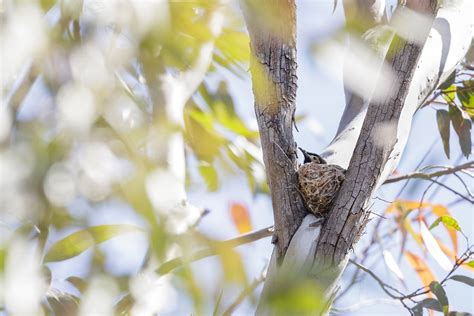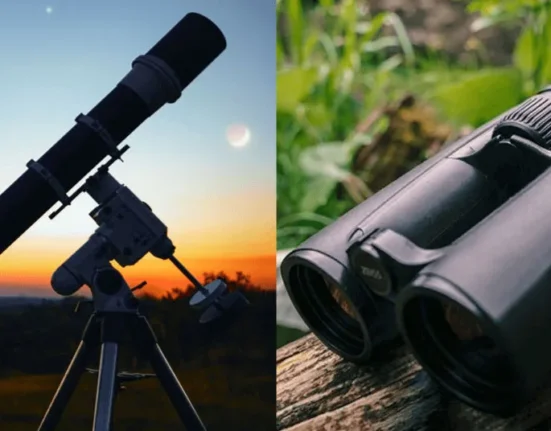Once flourishing in the Australian skies, the regent honeyeater now faces a perilous existence with fewer than 300 individuals left. These striking songbirds were once abundant, their melodic calls echoing through the forests. But today, they are on the brink of extinction.
A team of dedicated researchers delved into the mysteries of this endangered species, unearthing century-old clues that shed light on a hidden threat lurking in the genetic makeup of these birds. Through intricate analysis of DNA from museum specimens dating back over a hundred years, juxtaposed against samples from present-day populations, startling revelations emerged.
“This delay might be hiding the looming genetic risks,”
expressed Dr Ross Crates from ANU, emphasizing the concerning disparity between population decline and genetic diversity loss. Despite a drastic 99% decrease in numbers, the regent honeyeater has only shed 9% of its genetic variation. This phenomenon hints at a time-lag effect where genetic erosion trails behind dwindling population sizes.
Expert insights underscored the urgency of addressing this genetic stagnation before it amplifies into a critical concern for the survival of these magnificent birds.
“Loss of genetic variation can occur stealthily — and swiftly — after populations reach critically low levels.”
The looming threat of genomic erosion casts a shadow over conservation efforts as environmental pressures mount against these already fragile creatures.
By weaving together genomic data and predictive species distribution models, researchers painted a comprehensive portrait of the challenges faced by regent honeyeaters. Habitat loss due to urban expansion and climate change poses imminent dangers to their dwindling strongholds.
Professor David Nogués-Bravo highlighted how integrating diverse datasets offers invaluable insights into biodiversity decline while Associate Professor Hernán E. Morales stressed the need to confront genomic erosion head-on amidst our current biodiversity crisis.
Through meticulous research and innovative approaches, scientists strive to arm conservationists with crucial knowledge to safeguard these avian treasures. By identifying key habitats, implementing strategic breeding programs, and monitoring signs of inbreeding proactively, there is hope for steering the regent honeyeater away from the precipice of extinction.
As we navigate an era dominated by environmental challenges and human impact on wildlife ecosystems, stories like that of the regent honeyeater serve as poignant reminders of our duty to protect and preserve Earth’s diverse tapestry of life.









Leave feedback about this